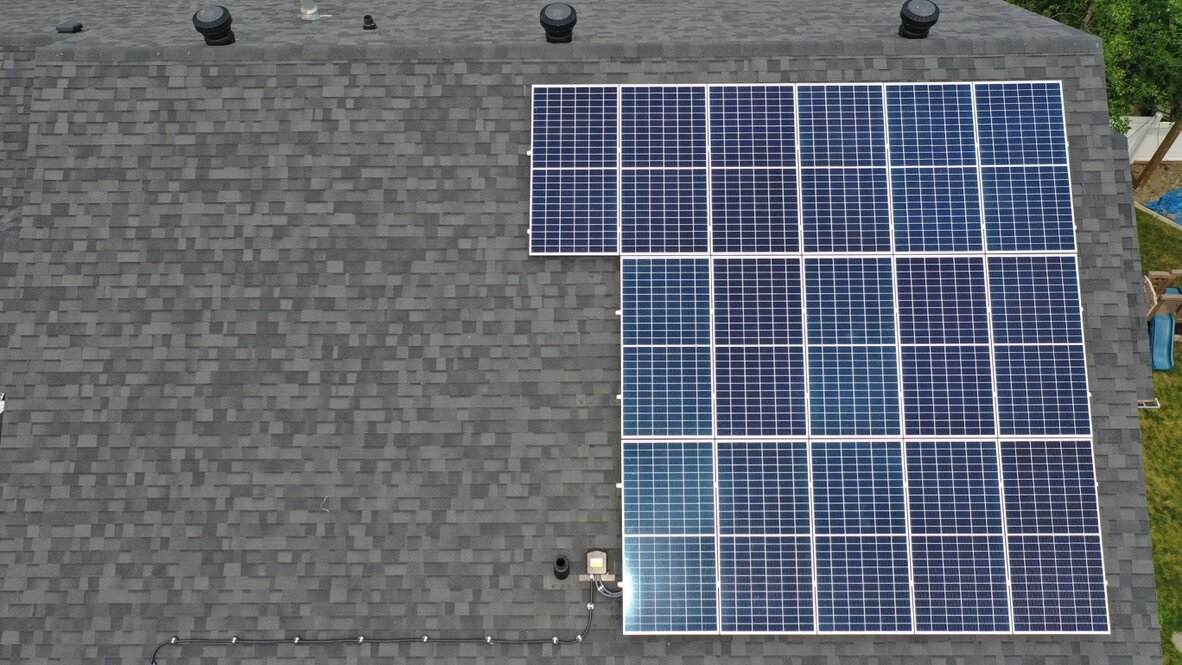I just finished reading ‘The Rise and Fall of Athens’, a collection of writings by Plutarch, extracted from his Parallel Lives, a project where he compared and contrasted notable Greek and Roman figures.
The Rise and Fall of Athens is a selection which uses the Greek biographies to chronicle Athens from its founding by Theseus to its figurative fall led by Lysander.
This was a very pleasant read. As praise, I have to say, the translation by Ian Scott-Kilvert was smooth to the point of feeling as if it may not accurately reflect the source; of course, because I don’t read Ancient Greek, I can’t know that.
In the early biographies, in particular Theseus, it’s really fascinating to see Plutarch trying to navigate the murky waters of legendary figures. Clearly he needs to rely on myth for his biography, but he tries to be as careful as he can in his recounting of said myth, and tries to nail down, to the extent he can, a real person underlying the legend.
Later biographies are interesting to see figures I’d seen in other contexts get their own focus. For example, Cimon and Lysander.
I didn’t take much in the way of notes this time around, but I did grab two extended quotes.
Cleon commanded a large following because of his practice of ‘pampering the people and finding jobs for all’, but even those whom he went out of his way to win over, when they saw the greed and effrontery of the man, turned to Nicias as their leader. Nicias, by contrast, wore an air of gravity which was by no means harsh or vexatious but was blended with earnestness and caution, and this won him the confidence of the people by giving the impression that he was positively afraid of them.
On the banning of currency in Sparta, and resulting philosophy:
Finally, it was decided that currency could be imported for public use, but that any private person found in possession of it should be put to death. This was as if to say that Lycurgus had been afraid of money itself, and not of the greed that it engenders; and indeed, as events turned out, so far from eliminating this vice by forbidding private individuals to own money, the law tended to encourage them by permitting such ownership to the state, so that in this way its use acquired a certain dignity and honour.
It was hardly possible for men who saw money valued in public to despise it in private, or to regard what was evidently prized and cherished by the community as something worthless or useless to the individual. On the contrary, public practices tend to impress themselves far more swiftly upon the habits of private life than individual faults or failings ever do upon the community. When the whole deteriorates, it is only natural that the parts should become corrupt with it, but those diseases which travel from the part to the whole encounter plenty of correctives and antidotes in the parts which remain sound. Thus the Spartans set terror and the law to guard their citizens’ houses and prevent money from finding a way in, but they did nothing to make their spirits impervious or superior to its power: instead they implanted in their people a lively ambition to acquire wealth by setting it up as an exalted and noble object.


